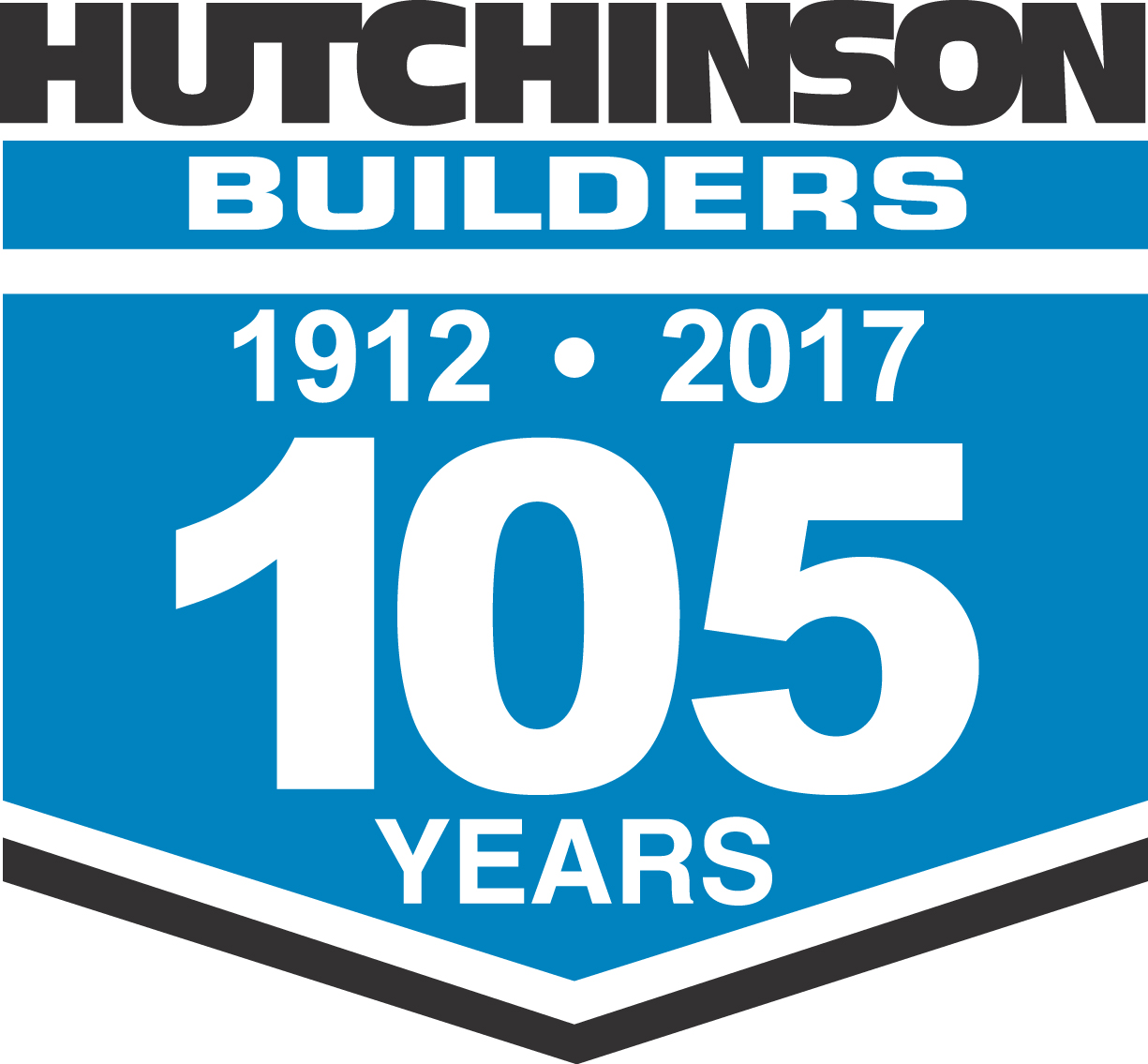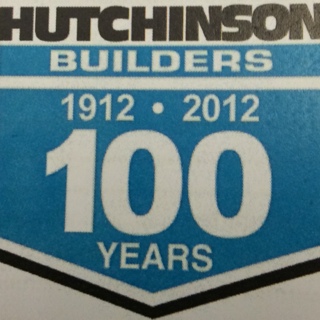Title Page
-
Conducted on
-
Job Name:
-
Job Number:
-
Prepared by
-
Location
KEY ITEMS
1. House Keeping (WHSMP)
-
1.1 Is there an adequate waste removal process in place (i.e. enough bins that are emptied regularly)?
-
1.2 Are there designated areas to store tools, equipment, materials, plant etc.?
-
1.3 Are stacking / storage areas tidy and organised?
-
1.4 Have work areas been kept clean, uncluttered and free of waste?
-
1.5 Are all starter bars capped?
-
1.6 Is dust being controlled during clean up? (Vacuum / misting / sweepers etc.)
2. Access, Egress and Public Protection Controls (WHSMP)
-
2.1 Are there at least 2 points of access to the working area?
-
2.2 Are designated access ways free of any protruding objects, water hazards, rock, materials, trip hazards etc.?
-
2.3 Are all areas affecting the public free of trip hazards and protruding objects (e.g. footpaths)
-
2.4 Are there walkways to clearly separate workers from plant?
-
2.5 Are exclusion zones in place for work occurring overhead? (e.g. formwork, EWP, scaffold erection etc.)
-
2.6 Are designated access and emergency paths defined (e.g. tape/flagging/ barricade/signage)?
-
2.7 Is the site perimeter secured and appropriate fencing/hoarding/gantries and signage maintained?
3. Scaffold (PRA – Scaffold , SWMS 21 & 22, Monthly Scaffold Checklist HB-HSEQ-F-061)
-
3.1 Are scaffolds easily accessible and free of debris?
-
3.2 Are the gaps between the scaffold and adjacent structure in general work areas less than 225mm?
-
3.3 Are lap boards mechanically fixed where the overlap onto the scaffold is less than 300mm?
-
3.4 Are kickboard / toe boards installed continuously with no gaps and fixed mechanically?
-
3.5 Are scaffold deck heights not greater than 300mm above or below floor / soffit level?
-
3.6 Has the containment screening been installed correctly to prevent falling objects with no gaps and not higher than 2m past the last tie point?
-
3.7 Have scaffolds handover and monthly inspection been completed (& the records on site)?
4. Penetrations (PRA – Penetrations)
-
4.1 Are all penetrations 100mm and over fitted with appropriate covers?
-
4.2 Are any penetrations that are impracticable to cover surrounded by full edge protection?
-
4.3 Are all lift shafts fitted with lockable gates / cages?
5. Edge Protection (PRA, SWMS 15 , Work at Heights Permit HB-HSEQ-F-077)
-
5.1 Are physical barriers installed and secure for any exposed edges?
-
5.2 Where an exclusion zone is established is it 2 metres back from the live edge?
-
5.3 Are toe/kick boards in place on all live edges?
-
5.4 Are wheel stops/ bump rails / visual barricades installed where EWPs & forklifts are being used near live edges?
-
5.5 Has screening been implemented to ensure the protection of public and workers below?
-
5.6 Where edge protection is impractical is a system in place for the use of harnesses and attachment points and are these certified by a competent person?
6.1 Amenities (WHSMP , PRA – First Aid)
-
6.1 Are amenities always clean, sealed and vermin proof with adequate appliances?
-
6.2 Are there suitable toilets and crib areas on site for all workers?
-
6.3 Are toilets located separately from the crib room, working, cleaned regularly and easily accessible?
-
6.4 Is drinking water provided and accessible on all levels?
-
6.5 Are first aid facilities available, stocked, accessible and with adequate signage and trained person (s) on site?
7. Temporary Power (PRA – Electrical Supply)
-
7.1 All switchboards have a weatherproof door free of damage that is lockable, secured to the ground, post or wall and does not have live parts exposed, or unnecessary gaps/ holes/ openings in the board?
-
7.2 All switchboards have an insulated entry and tie bar that is large enough to loop cables through
-
7.3 Are the circuit breakers within the switchboard lockable and only accessible by electricians?
-
7.4 All switchboards have a clearly defined numbering system and location of where the board is distributed displayed on the board.
-
7.5 Switchboards are accessible and not obstructed by plant or equipment
-
7.6 Switchboard is located adjacent to emergency lighting or fitted with a tested emergency light
-
7.7 Are electrical leads and tools tested and tagged to suit state requirements (3 monthly), no piggy backed or damaged leads in use?
-
7.8 Cables and leads are hung from insulated hooks or lead stands and protected against mechanical damage?
8. Lighting (PRA – Lighting)
-
8.1 Has access lighting been installed to all levels and at minimum 40 lux with records?
-
8.2 Emergency backup lights installed to provide a min 20 lux with 6 monthly test records on site?
-
8.3 Are trades providing adequate task lighting of 160 lux to all work areas?
-
8.4 Are all stairwells lit with the minimum emergency lighting?
-
8.5 Are luminaires protected against mechanical damage?
9. Emergency Response (PRA – ERP)
-
9.1 Are running man signs in place at all exit points?
-
9.2 Are there emergency evacuation diagrams on all floors?
-
9.3 Are emergency contacts on display?
-
9.4 Are fire extinguishers located at all exits with signs erected at 2000 mm and tagged 6 monthly?
-
9.5 Are fire boosters / hydrants / hose reels as per design operational from 2 levels below the working deck once the building is at an effective height of 12 metres? (**effective height is the height from the emergency exit point)
10. Traffic Management (SWMS, PRA)
-
10.1 Does the project have one or more approved Traffic Management Plan/s (TMP) on display?
-
10.2 Is there a council and/or police permit required (for road and footpath) & on display?
-
10.3 If there are devices to be temporarily installed as per TMP is there a suitably licenced traffic controller on site?
-
10.4 Are all devices set out in accordance with the TMP?
-
10.5 Are daily pre-starts / SWMS / checklists / toolboxes for traffic controllers completed?
-
10.6 Is there a suitable number of licenced traffic controllers on the projects as per the TMP?
-
10.7 Are all traffic controllers wearing the necessary PPE?
-
10.8 Are there separate entry/exit points for vehicles and people?
WEEKLY HEALTH AND SAFETY AND ENVIRONMENTAL ITEMS
-
S1. Formwork & falsework – Falls managed, exclusion signs & zones in place joists placed from below, single leading edge
-
S2. Ladders and trestles - Suitable for the task, correct setup inspected prior to use, removed from service if damaged
-
S3. Precast panels – Exclusion zones in place, documentation received, rigger in control of work
-
S4. Excavations – Collapse controlled, barricades in place, safe access, stockpiles away from trenches
-
S5. Cranes & lifting - Safe lifting practices near workers, warnings processes or exclusion zones in place, tag lines
-
S6. Masonry walls – free standing walls braced where practical or excluded
-
S7. Concrete pumps / trucks set up – Set up in agreed area clear of trenches and clear of obstructions, exclusion zones in place
-
S8. Hazardous chemicals stored and maintained properly
-
E1. Noise and vibration controlled - Ensure that noise and vibration is monitored, PPE being worn & working hours abided by
-
E2. Dust - Monitor dust emissions visually and apply measures /controls dust suppression
-
E3. Concrete washout areas- maintained and not overfilled
-
E4. All Bunded areas empty of water -Remove ponded water from area
-
E5. Spill kits on site and maintained – Contents are maintained and adequate, spills cleaned up and waste disposed of correctly
-
E6. Sediment control - none leaving site - Sediment fences erected & maintained, no soil on roads or in gutters, Installed as per Civil DWG’s
-
E7. Weed removal – Weeds are maintained on a weekly basis to prevent spreading







